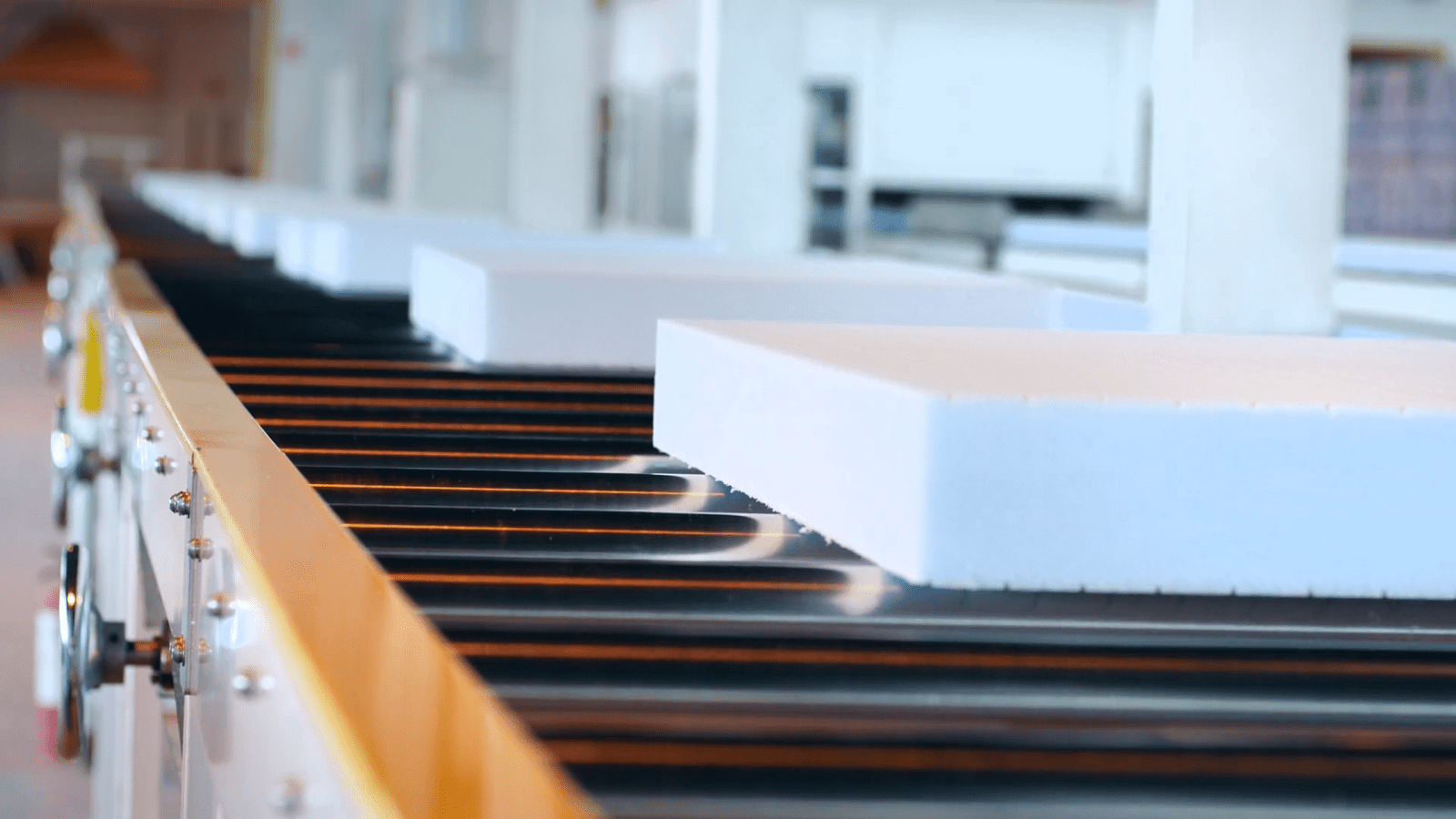In today’s fast-paced world of e-commerce and global supply chains, ensuring the safe delivery of products to customers is paramount. This is where protective packaging plays a crucial role. From delicate electronics to fragile glassware, protective packaging provides a shield against the rigors of transportation, safeguarding your products and preserving your brand reputation.
In the realm of logistics and shipping, Protective packaging serves as the frontline defense against damage and mishandling. Its significance cannot be overstated, particularly for businesses dealing with delicate or valuable items. Whether it’s a small business shipping handmade crafts or a multinational corporation dispatching high-tech gadgets, protective packaging is the unsung hero that ensures goods reach their destination intact.
Benefits of Protective Packaging
The benefits of protective packaging extend far beyond mere product preservation. Firstly, it ensures the safety of your merchandise during transit, minimizing the risk of breakage or impairment. This not only translates to happier customers but also reduces the hassle and cost associated with returns and replacements. Additionally, effective protective packaging enhances your brand reputation by signaling a commitment to quality and professionalism.
Common Types of Protective Packaging
When it comes to protective packaging, there’s a myriad of options available to suit various needs and preferences. Bubble wrap, with its cushioning air pockets, is a classic choice for delicate items. Foam packaging offers superior shock absorption, making it ideal for fragile electronics. Air pillows, corrugated boxes, and packing peanuts are other popular options, each offering its unique set of advantages.
Environmental Considerations
In today’s environmentally conscious landscape, businesses are increasingly opting for sustainable packaging solutions. Biodegradable materials, such as recycled cardboard and corn-based packing peanuts, are gaining traction as eco-friendly alternatives to traditional packaging materials. Recycling initiatives further bolster the sustainability credentials of protective packaging, ensuring that the environmental impact is kept to a minimum.
Cost-Effectiveness of Protective Packaging
While the upfront cost of protective packaging may seem daunting to some, it’s essential to view it as an investment rather than an expense. By preventing damage and reducing returns, protective packaging can lead to significant long-term savings for businesses. Moreover, customizable packaging solutions allow businesses to tailor their packaging to fit their budget constraints without compromising on safety or quality.
Factors to Consider When Choosing Protective Packaging
When selecting protective packaging for your products, several factors must be taken into account. The fragility of the product, shipping distance and method, environmental considerations, and budget constraints all play a crucial role in determining the most suitable packaging solution. By carefully weighing these factors, businesses can ensure optimal protection for their merchandise without overspending or compromising on sustainability.
Innovations in Protective Packaging
Innovations in protective packaging are continuously pushing the boundaries of what’s possible. Smart packaging solutions equipped with IoT technology allow businesses to track the location and condition of their products in real-time, providing valuable insights into the shipping process. Anti-static packaging helps safeguard sensitive electronics from electrostatic discharge, while shock-absorbing materials offer unparalleled protection against impacts and vibrations.
Case Studies
Numerous businesses have reaped the benefits of implementing effective protective packaging strategies. From small startups to industry giants, success stories abound of businesses that have minimized damage, reduced returns, and enhanced customer satisfaction through innovative packaging solutions. These case studies serve as inspiration for businesses looking to elevate their packaging game and stand out in a competitive market.
Tips for Proper Packaging
Proper packaging is as much an art as it is a science. Ensuring a snug fit, layering materials for added protection, and using additional cushioning materials where necessary are all essential techniques for proper packaging. By following these tips, businesses can maximize the effectiveness of their protective packaging and minimize the risk of damage during transit.
Challenges in Protective Packaging
While protective packaging offers numerous benefits, it’s not without its challenges. Balancing the need for protection with eco-friendliness poses a significant dilemma for businesses, as does ensuring cost-effectiveness without compromising on safety. Overcoming these challenges requires careful consideration and a willingness to embrace innovative solutions that strike the right balance between protection, sustainability, and affordability.
Future Trends in Protective Packaging
Looking ahead, the future of protective packaging is bright and promising. Advancements in IoT technology are expected to revolutionize the way businesses approach packaging, allowing for greater transparency and control over the shipping process. Similarly, advancements in sustainable materials and recycling initiatives are poised to further elevate the eco-friendliness of protective packaging, ensuring that businesses can protect their products without harming the planet.
Conclusion
In conclusion, protective packaging is a vital component of any successful shipping strategy. By investing in quality packaging solutions, businesses can ensure the safe delivery of their products, minimize damage and returns, and enhance their brand reputation. With a plethora of options available, from traditional bubble wrap to cutting-edge smart packaging, there’s no excuse for neglecting the importance of protective packaging in today’s competitive marketplace.

